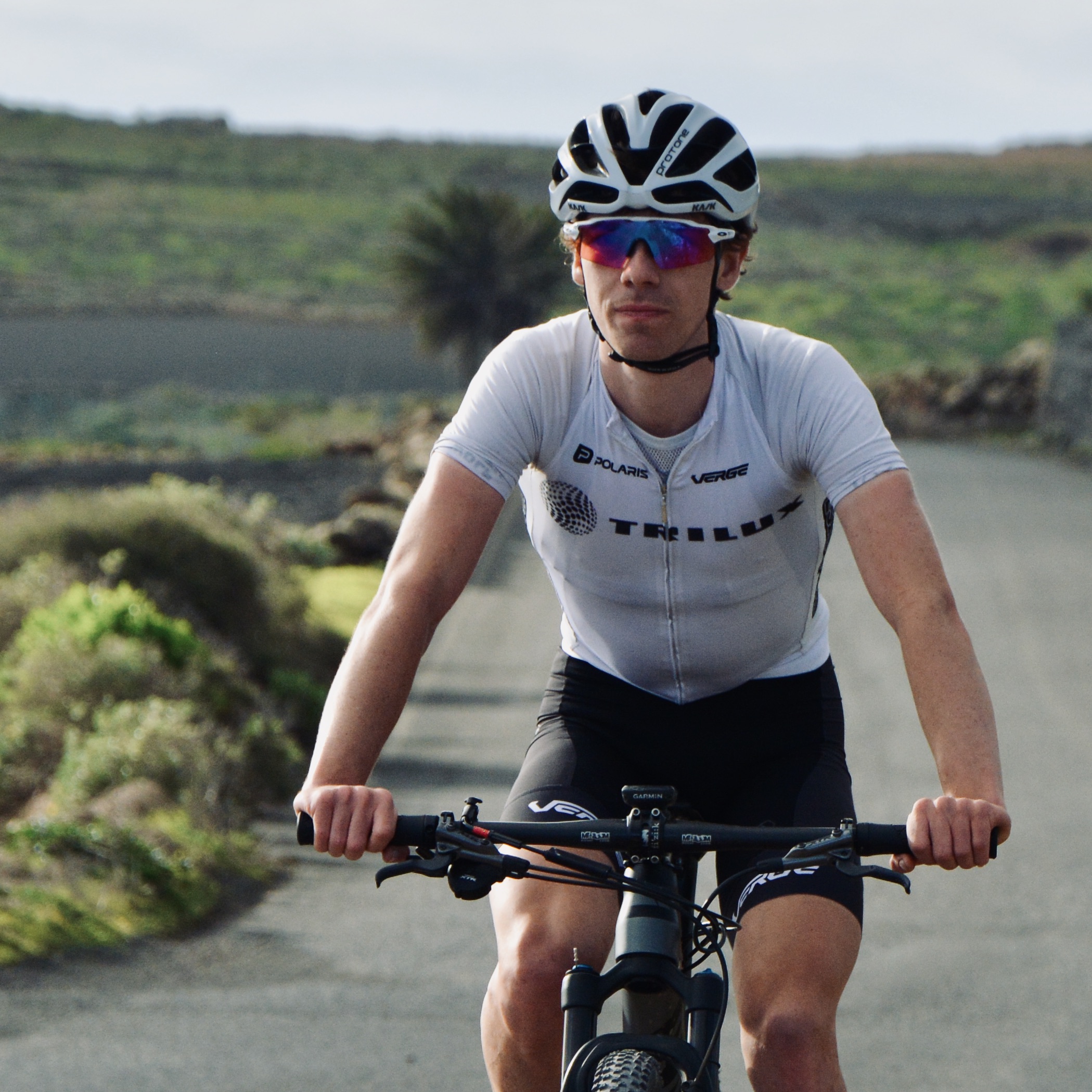With the nights drawing in and the weather becoming increasingly inclement, many of us are starting to dust off our trusty indoor trainers.
Riding indoors has increased in popularity over recent years, and has helped many people improve their fitness. It has also made cycling more accessible to time-crunched riders and those who lack confidence on the roads.
Indoor cycling isn’t without its drawbacks, though. In particular, there’s a high risk of getting ‘burnt out’ when spending many of your riding hours inside.
So, let’s explore why indoor training can cause burnout, and cover tips you can put in place to avoid becoming worn down by indoor riding.
Why indoor training can cause burnout
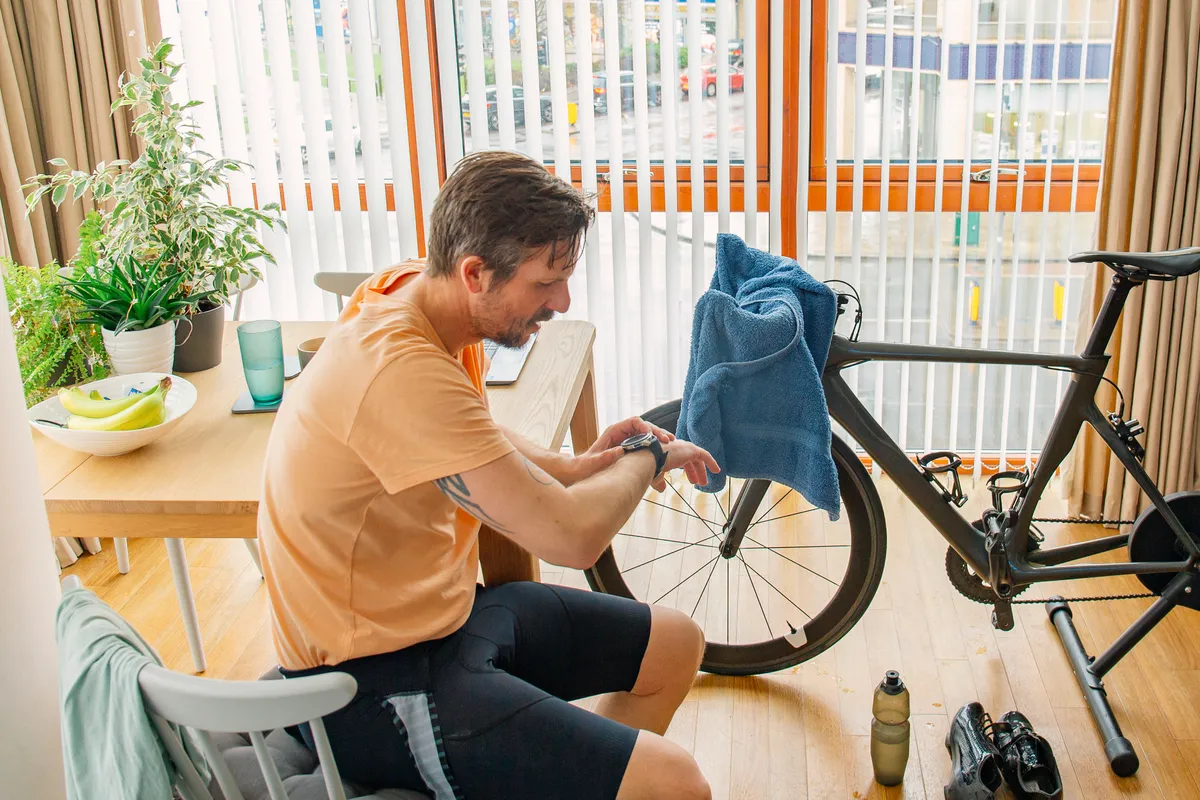
Initially, your enthusiasm for indoor training will likely be high – the appeal of shorter, structured sessions and even some group riding or racing can be just what’s needed after lots of longer outdoor miles.
It is also satisfying to complete some uninterrupted, time-efficient training sessions, rather than the often stop-start, and sometimes hazardous, nature of riding outside.
However, indoor riding can become monotonous (even if that's the way some riders like it) since there’s no change in scenery.
Many would argue you don’t get the same satisfaction from completing a certain distance or reaching the top of a tough climb as in the ‘real’ world.
In a bid to keep indoor training interesting, riders tend to over-intensify training too, which can quickly lead to physical burnout. Ultimately, these factors can easily derail your training.
To help you reap the benefits indoor training offers and avoid the common pitfalls, here are some tips to help you keep training indoors on a consistent basis…
1. Use power variation (but keep this within the spirit of the session)

Choose sessions that are structured and varied, such as alternating between five minutes at one wattage, five minutes at another and so on.
This enables you to focus on smaller, more manageable chunks, rather than being overwhelmed by the total ride duration (and how much of it you still have left to go).
What’s important, though, is that any power variation should be within the spirit of the session.
For example, if you’re looking to do a training zone 2 endurance ride (~55 to 75 per cent of FTP), aim for a session where the power stays largely within this zone 2 range.
Plenty of indoor training apps will add bursts of intensity within an endurance ride to keep things interesting.
However, these often have no real physiological benefit and can undermine your training by creating unnecessary fatigue, potentially hindering some of the adaptations you’re looking to get from the rides.
2. Turn ERG mode off for some structured sessions
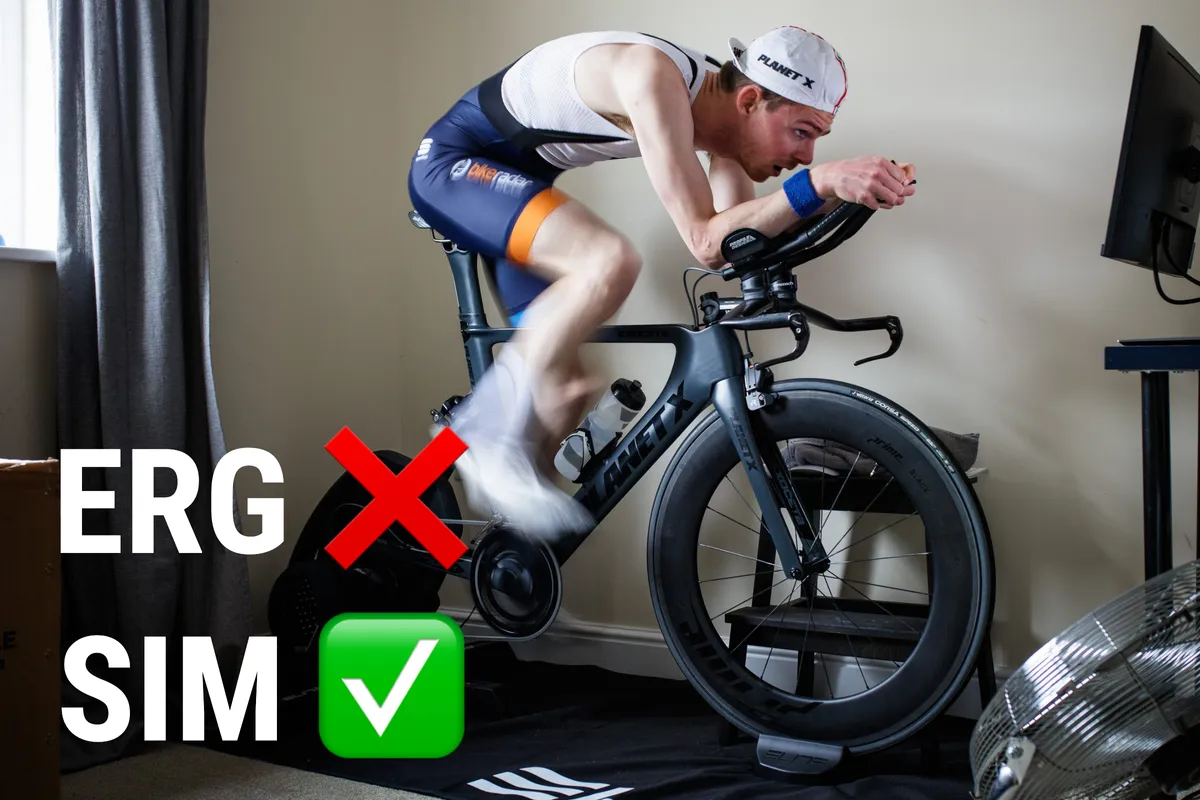
If you have a smart trainer, ERG mode is a fantastic feature that holds power at a target wattage, adjusting resistance according to cadence.
It’s great, because it enables you to follow a structured session while focusing on something else – such as watching TV.
However, our advice would be to do at least some of your structured sessions with ERG mode off.
This can provide mental stimulation and an element of challenge because you have to focus on holding your wattage at a target output.
If you’re ultimately training to improve your power outdoors when the weather improves, switching ERG mode off will also make your indoor riding much more like the outdoors.
When performing high-intensity interval sessions, switching ERG mode off can also allow for higher-quality efforts in some cases.
This is because you can more easily fine-tune your wattage based on how you’re feeling – e.g. pushing a little harder if you’re having a good day, or backing off slightly if things are feeling harder than normal.
This can help avoid physical burnout or failed sessions.
3. Get Social
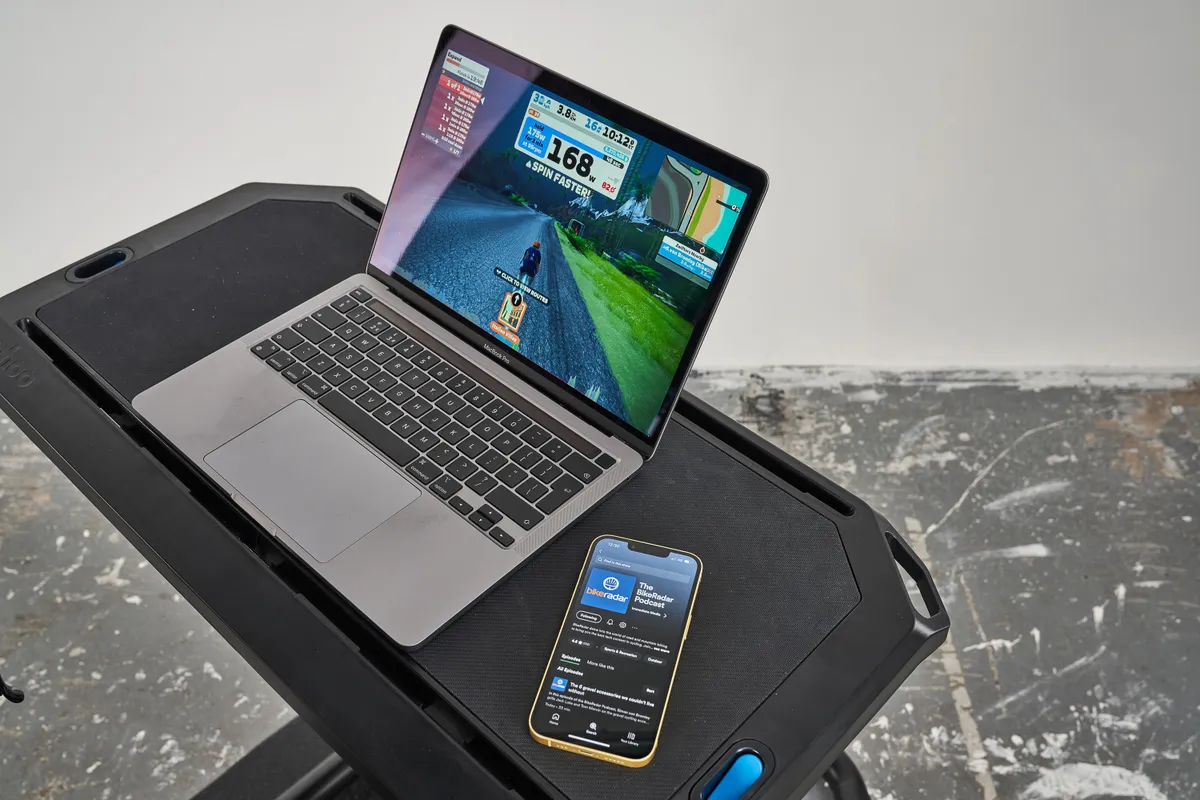
It's perhaps an obvious tip, but using a social platform such as Zwift for some of your indoor riding can pay great dividends.
Joining an organised group ride or race can provide extra motivation and accountability, as well as help the time pass a lot more quickly. To enhance the experience, you can even join a Discord group to chat away with fellow riders via a headset.
4. Set yourself some process goals
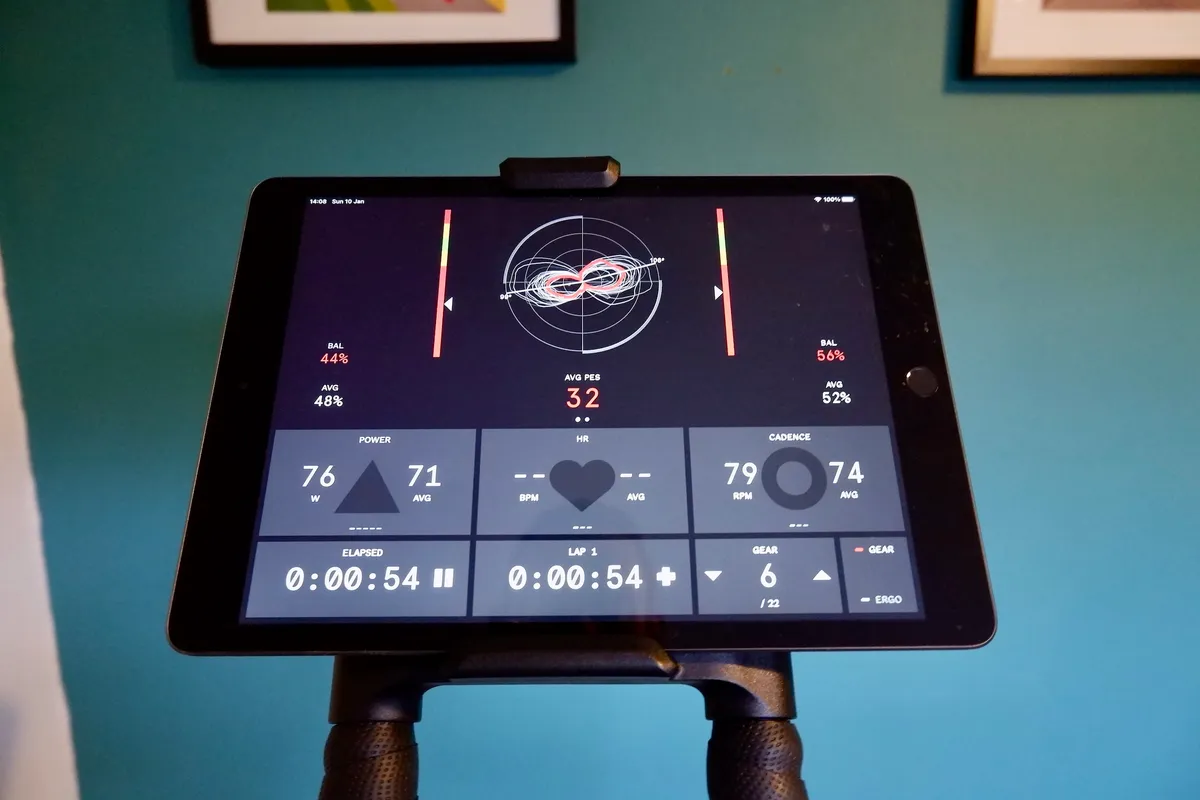
Riding indoors isn’t all about sheer power output.
You can also work on abilities such as the smoothness of your pedal stroke, the left-right balance of your legs, or how well you’re engaging your glute muscles.
Having process goals like this for some of your indoor rides can help bring purpose to your training sessions, as well as providing something to keep your mind focused.
Certain equipment, such as a Wattbike or dual-sided power meter pedals will give you feedback on data including your pedalling smoothness and torque generation, so you can even set some objective goals to work towards and track your progress.
5. Test progress (but not too regularly)
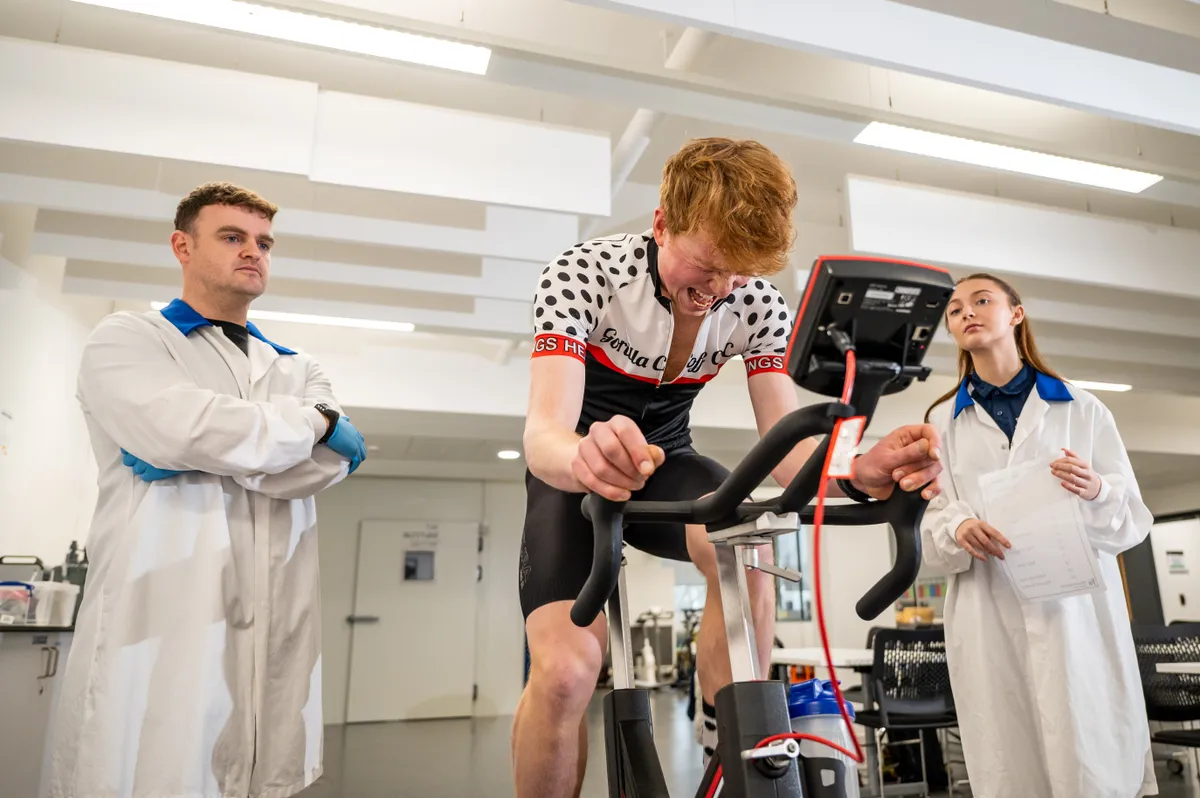
Seeing clear improvements in your cycling fitness is an excellent way to keep motivation high.
You can measure your progress indoors in various ways, such as by performing one or more all-out efforts and looking for improvements in your power, or looking for a reduction in your heart rate and perceived effort when riding at a given wattage.
Ensure any testing you do is relevant to the type of training you are undertaking. So, if you’re looking to improve FTP, an FTP test is appropriate.
However, if you’re trying to improve your explosive power, then it would be more relevant to test your power over 30 to 120 seconds, for example.
As a word of warning, it’s best not to do maximal testing too often, because it can be a key cause of both mental and physical burnout. Generally, every eight weeks is the most oten we’d recommend.
6. Avoid over-intensifying training (and consider this when choosing a plan)
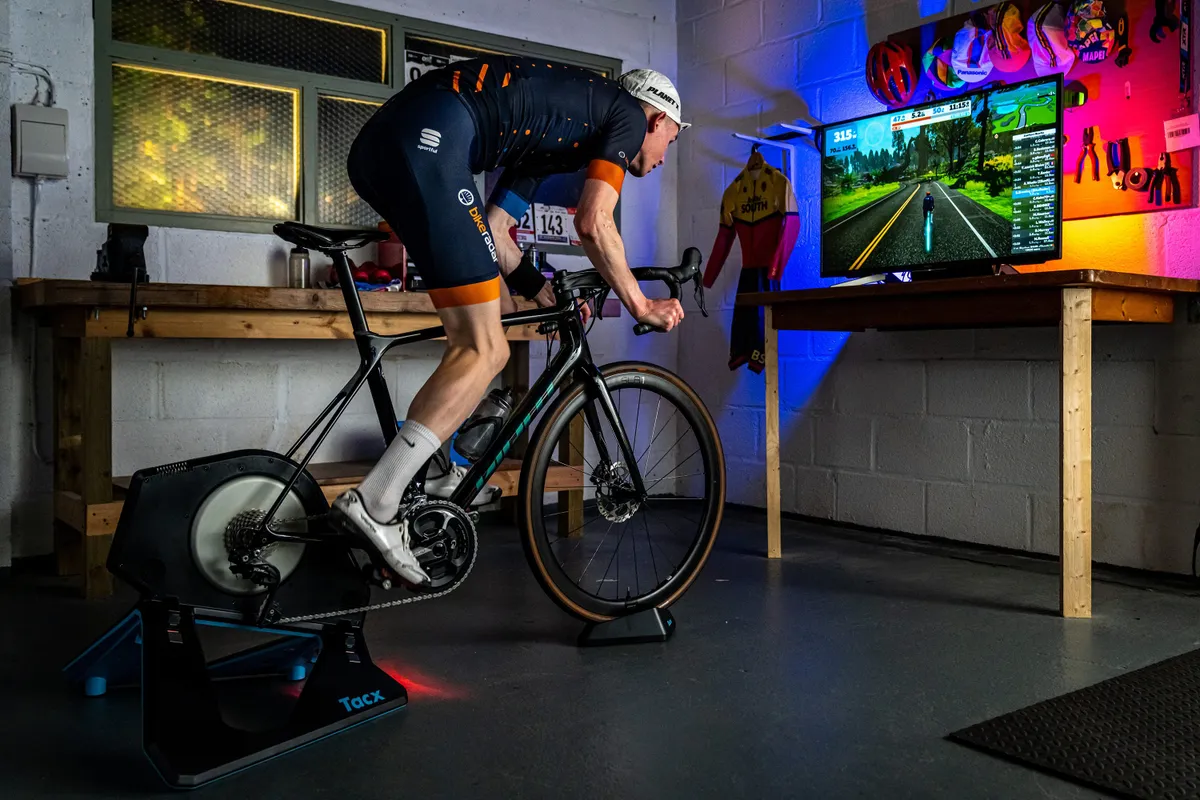
In a bid to keep training interesting, there’s a tendency for indoor riding to be over-intensified.
This means most of your training sessions have at least some time spent at a high ‘zone 3’ intensity, or above (e.g. 85 per cent of FTP, or higher).
This can be a fast track to becoming overtrained because you’re not allowing sufficient recovery between training sessions in order for your body to adapt.
It can also mean you’re never quite sufficiently fresh to go really hard in any of your sessions.
This can result in most of your training sessions being neither very hard nor very easy.
Over time, your training will lack the variety and acute adaptive stimuli needed to continue to see fitness improvements, and you’ll reach a fitness plateau.
Our recommendation would be to aim for no more than two high-intensity sessions per week (i.e. efforts above FTP, or a Zwift race).
Depending on your fitness and capacity to recover, you may find you can comfortably include one ‘middle intensity’ session each week (e.g. efforts between ~75 and 95 per cent FTP, or a hard group ride). The remaining training sessions each week would then be at a lower intensity level (less than 75 per cent FTP).
If you opt to follow a pre-built training plan (which can be a great motivator in itself), be careful about the amount of high-intensity work the plan includes.
Some commercial plans are built to achieve short-term fitness wins and to keep training ‘fun’ through lots of high-intensity sessions.
However, these plans can be a wrong choice over the longer term if they cause fitness stagnation and burnout.
7. Get your training environment right

Finally, we all know riding indoors can be a sweaty affair, which can place additional strain on the body, both in terms of temperature regulation and maintaining hydration.
To minimise this stress, we’d recommend investing in a good fan setup for your pain cave, and pre-chilling your drinks, which can make a big difference to your core body temperature as well as hydration levels.
If you’re still overheating, consider using a wet towel on the back of your neck and wrists, and if you’re a salty sweater (you’ll know this if you see salt on your kit, and often find sweat stings your eyes) try adding some electrolytes to your drinks.
Example training weeks to avoid indoor training burnout
Example 1
- Mon: Day off
- Tues: High-intensity interval session
- Weds: Zone 2 endurance ride, including 15 mins focused glute activation and 15 mins focused on smooth pedal stroke.
- Thurs: Day off
- Fri: Zwift race
- Sat: Zone 2 endurance ride with ERG mode off, alternating power every 10 mins between low, medium and high zone 2.
- Sun: Zwift group ride at a zone 2/ low zone 3 pace
Example 2
- Mon: Day off
- Tues: FTP Test
- Weds: Day off
- Thurs: Zwift race
- Fri: Day off
- Sat: Zone 2 endurance ride working on left/right power balance and some high-cadence drills.
- Sun: Shorter zone 2 endurance ride with ERG mode off, targeting 5 mins at 5W increments from the bottom to the top end of zone 2; followed by a short Zwift group ride.

